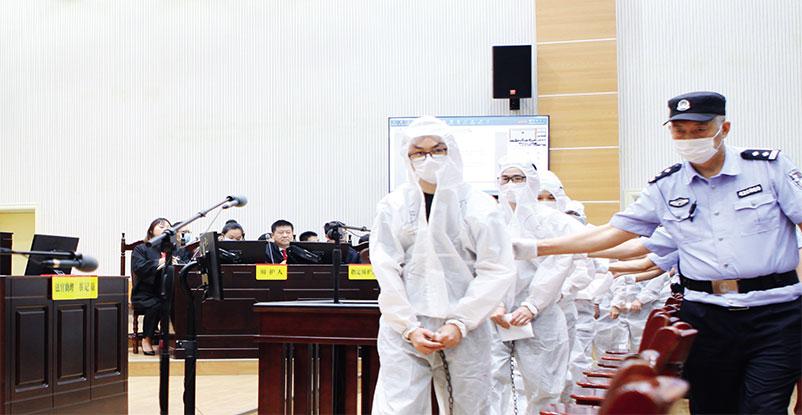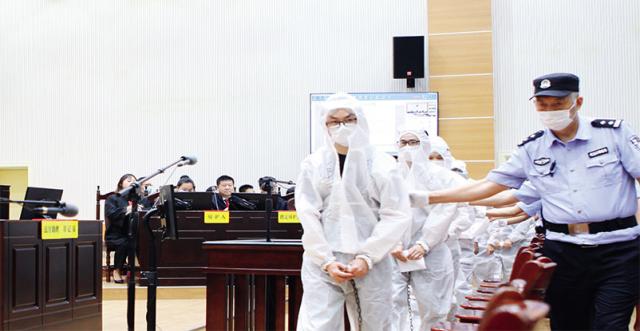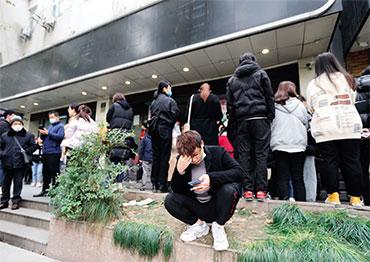Ant Group’s highly anticipated 2.1-trillion-yuan (US$325.1b) IPO, which would have become the world’s largest in history, was pulled to a sudden halt in early November 2020, showing the regulators’ determination to tighten scrutiny over the internet finance boom and curb financial risks.
Ant Group’s prospectus shows that its loan products, including Huabei and Jiebei, provide crucial revenue streams, accounting for nearly 40 percent of total revenue in the first six months of 2020. By the end of June 2020, it boasted over 1.7 trillion yuan (US$263b) in outstanding consumer loans. Consumer lending expanded rapidly in China in the past several years. A report published by ICEPT at Tsinghua University shows that consumer credit rose from 679.8 billion yuan (US$105b) in October 2018 to 8.45 trillion yuan (US$1.3t) in January 2010.
The first consumer finance companies were set up in 2010 to provide more flexible loans to supplement banks and boost domestic demand. There are now at least 30 such companies. Four years later, online consumer lending took off as Chinese authorities encouraged internet finance. In February 2014, JD started JD Baitiao, China’s first internet-based consumer loan product, underpinned by its ecommerce platform. Before long, Ant Group, then called Ant Financial, launched its loan product Huabei. At the same time, lending platforms focused on small loans of 200,000 yuan (US$30,960) or less and adapted internet technology to attract clients, analyze consumption and transaction data and assess risk, streamlining the entire loan process. Without limits on consumption scenarios, these platforms mainly offer riskier cash loans.
In March 2016, the China Banking and Insurance Regulatory Commission (CBIRC) and the People’s Bank of China, the central bank, released a guideline supporting finance in new consumption fields and encouraged exploring new consumer loan products and online borrowing. The online consumer lending market expanded rapidly, with internet giants hopping on the bandwagon. The surging market is shared not only by traditional commercial banks, consumer finance companies and internet banks, but also e-commerce platforms, internet companies, installment payment platforms and online lenders. The scope has extended from retail to housing, education, home renovations and more.
But consumer lending is also blamed for enabling excessive consumption, particularly among students without stable incomes. Consumer loans that demand neither mortgages nor guarantees have left young people, who often have irrational spending habits and are unable to repay, drowning in debt. The CBIRC also warned consumers in December of the hidden risks or even traps behind the excessive promotion of borrowing.
“Young people who seldom feel stress in life tend to overspend, and all kinds of low-threshold consumer credit products make it easy for them to borrow,” said an employee of a consumer finance institution who spoke to NewsChina on condition of anonymity.
Some platforms attract clients by obfuscating fees and downplaying risks. On shopping platforms, installments appear as one of the payment options along with debit, Alipay or WeChat Pay, and many consumers may find they are actually borrowing without even realizing it.
In October 2020, the CBIRC criticized Merchants Union, one of China’s leading consumer finance companies, for blurring interest rates in its promotions and ads that mislead consumers as to borrowing and payment terms. The company said it has since corrected these practices.
A general issue with cash loans is that, unlike home or car loans, borrowers are often not restricted by purpose of loan, debt ratios or even credit history. This allows them to borrow from multiple platforms, usually at high interest rates, to cover other outstanding debt, creating a vicious cycle.
To expand business, internet companies cooperate with established online platforms to develop targeted loan products, from education and housing to tourism. The platforms act as middlemen between consumers and lending platforms or as brokers, and have vested interests in the transaction.
However, this can also be problematic. In 2020, many consumers who borrowed for education or housing were left high and dry when platforms failed to deliver. In a scandal that hit the rental market at the end of 2020, housing platform Danke failed to pay landlords, who then evicted innocent tenants who had paid rent up-front for a year. Many were cash-strapped young people who had borrowed to cover their rent.
Liu Xiaochun, vice president of think tank Shanghai Finance Institute, said that something was off about the pattern of housing loans. The platforms accrue capital by asking renters to pay a year’s rent upfront but paying landlords monthly. In this way these platforms are essentially borrowing from tenants, many of whom actually borrow and get in debt, to invest in other ventures. “There is deception in the products’ designs and risk management,” Liu said.
“China is in a period of industrial structure adjustments, putting more emphasis on services,” said Chen Zhiwu, director of the Asia Global Institute at the University of Hong Kong. “Consumption is playing an increasingly important role and consumer loans have become an irreplaceable part of that. No wonder problems emerged in the process, as participants are learning as they go. But it’s not reasonable to deny consumer loans and their contributions over a few isolated problems,” Chen said.

 Old Version
Old Version

